Advantages and disadvantages of electric grinders

The smell of freshly brewed coffee from the kitchen is a preview of a pleasant morning and just a good day. There is something magical about it… something that puts us in a good mood, excites and relaxes at the same time. However, ground coffee quickly loses its magical aroma, which, in my opinion, works better than the drink itself. For lovers of this fragrance, an indispensable element in the kitchen is a coffee grinder.
There are plenty of opportunities on the market when it comes to choosing mills. Proponents of convenience believe that this should be a part of the coffee machine to minimize the amount of activity. One button and we can enjoy the divine infusion. On the other hand, there are supporters of tradition who accept only hand-ground grains and enjoy the smell itself. In the center is a whole range of electric mills that differ in both style and technical capabilities.
Blades or burrs?
The basic division of electric coffee grinders is due to the grain grinding mechanism. We distinguish:
- blade grinders,
- burr grinders.
What are the burrs?
Burrs are the most traditional way of grinding beans. Originally, it was simply a stone slab, on which grains were ground with a smaller stone. In modern mills, these are simply two elements made of steel or ceramic that rotate relative to each other – most often only one element is movable. Their shape is also diverse. They can be two flat plates or cones. The rotational motion of one of the burrs after grinding the grains, directs the resulting particles outside the mechanism. The digree of the grinding depends on the distance at which the burrs are located from each other.
How do the blades work in the grinder?
Blade grinders are equipped with blades which, set in rotary motion, chop mercilessly coffee thrown into the chamber. The longer the blades work, the finer the milling we get. Impact mills can have single or double-leaf blades.
Since the family of electric grinders is so rich, how do you determine their pros and cons?
Advantages of electric mills
The main advantage of all electric mills is that we don’t need to fight with grains with the strength of our muscles. The grinder itself works with electricity for us.
The second important advantage is time. The electric grinder will deal with grains much faster than we do with a manual grinder.
Most often, these grinders also have a grinding degree adjustment, which allows us to obtain coffee both for the coffee machine and the french press.
Another advantage is the ability to grind more coffee. This is a useful function when we welcome guests or have a large, coffee-loving family.
Disadvantages of electric mills
The disadvantages of electric mills are the advantages of hand mills indeed.
It is not possible for the electric grinder to run quietly. Both the sound of the rotation of the grinding mechanism and crackling grains will certainly not allow other household members to sleep peacefully.
Another disadvantage is the rapid rotation, and hence, the grinding speed of the grains, which causes the grain to overheat. Especially in the case of single-leaf blades, overheating of beans is perceptible in the aroma of coffee.
Of course, all electric mills require electricity to operate. Although this facilitates our task, we do not grind coffee at the camp in nature.
What to look for when buying a coffee grinder?
The material
For electric mills, we can choose between plastic and metal covers. Most often, however, the construction of the grinder combines various materials.
But not only the material from which the housing was made counts. Also pay attention to the material from which burrs or blades are made. If they are steel, it should be stainless and chromed steel. Ceramic burrs are considered the best, however.
The power
Power is one of the parameters that should be taken into account when buying an electric coffee grinder. What power will be the best? Certainly it should not be lower than 100 W. In home conditions, 150 W mills will work well. Of course, there are high-end models with a power exceeding 200 W.
Electric grinder rotation
High power is a feature of a good coffee grinder. But high turnover? No way! The grinding mill should be low-speed, thanks to which it will not cause the coffee beans to heat up. Overheated beans lose their unique aroma. Too fast rotation can even electrify the coffee, which will stick to the walls of the grinder.
Grinder performance
This is the amount of coffee that the grinder is able to grind in one minute, e.g. 130 g / minute. The performance will be determined by: the power of the device, the size of the burrs or blades and their rotation. Unfortunately, manufacturers do not always provide this information.
Regulation of grain grinding
The degree of coffee grinding is of no small importance. With different coffee brewing methods, a different degree of grinding of the coffee beans is required. Espresso coffee should be ground more heavily than that prepared for coffee brewed in a percolator. The grinding degree can usually be adjusted using the knob. Interestingly, this function can be available not only for electric mills, but also for manual ones.
Additional functions of electric mills
Some models of electric grinders have very interesting functions that we can not dream of in manual grinders. Such features include, for example:
Automatic grinding programs
Automatic grinding settings available in modern electric grinders allow you to choose the right program, e.g. espresso or aeropress, and you do not have to worry about which grinding degree will be appropriate for the type of coffee you want to make.
Setting the amount of ground coffee (number of coffees)
Some electric grinders allow you to set the amount of ground coffee beans needed to brew a specific number of coffees. It should be remembered, however, that coffees are measured in small espresso cups or on the sticks of coffee machines.
Protection against switching on
It’s a matter of security. A safety device prevents the appliance being switched on without the bean container lid.
Does coffee beans beat ground coffee?
-
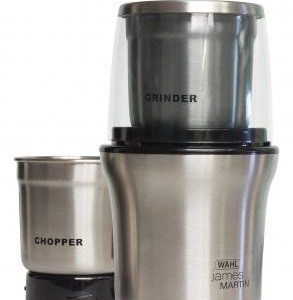 Wahl ZX889$24.99
Wahl ZX889$24.99
Unquestionably. Ground coffee is certainly a convenience. Such coffee is always ready for consumption. However, ground coffee beans quickly lose their flavor and aroma, while coffee beans retain their properties for several weeks from the date of roasting. To enjoy this real, full aroma of coffee, it’s worth buying the beans and a good coffee grinder. Manual or electric is an individual matter.
Advantages and disadvantages of grinding machine – conclusion
Coffee grinding machines have become increasingly popular among coffee enthusiasts as they offer a convenient and efficient way to grind coffee beans. Here are some advantages and disadvantages of using a coffee grinding machine:
Advantages:
- Consistent grind size: Coffee grinding machines ensure a consistent grind size, which is essential in achieving a balanced and flavorful cup of coffee.
- Time-saving: Grinding coffee beans manually can be time-consuming, but with a coffee grinding machine, you can grind your beans quickly and efficiently.
- Freshness: Grinding coffee beans just before brewing ensures maximum freshness and flavor.
Disadvantages:
- Cost: Coffee grinding machines can be expensive, and the cost increases with more advanced features and larger capacities.
- Maintenance: Coffee grinding machines require regular cleaning and maintenance to ensure optimal performance and longevity.
- Noise: Some coffee grinding machines can be loud, which may be a concern for those who live in apartments or have noise-sensitive households.
Overall, coffee grinding machines offer many benefits, but they also come with some downsides. It is up to the user to weigh the pros and cons and decide if a coffee grinding machine is the right choice for them.
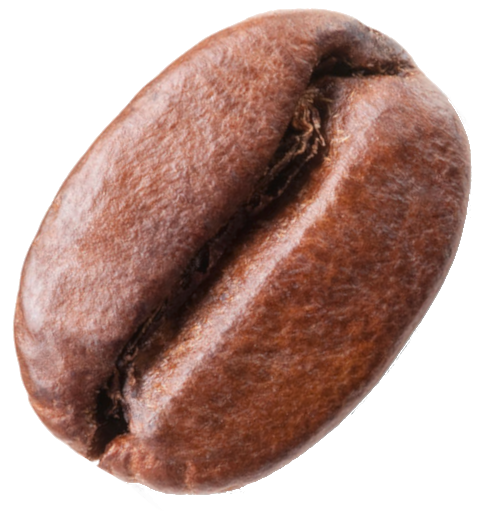
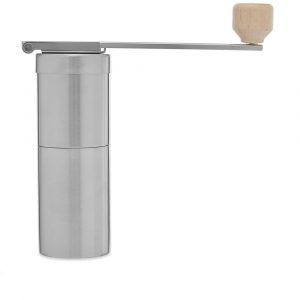
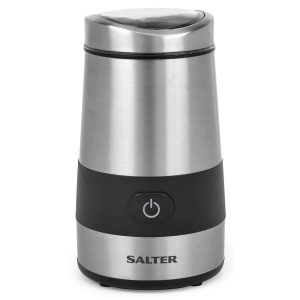
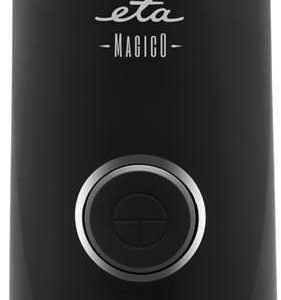
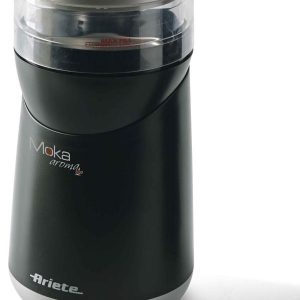
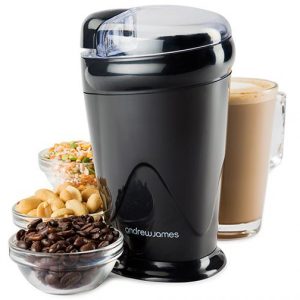
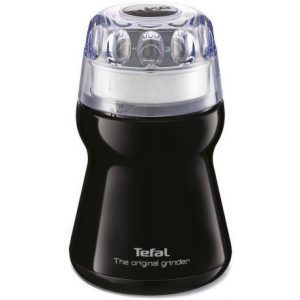
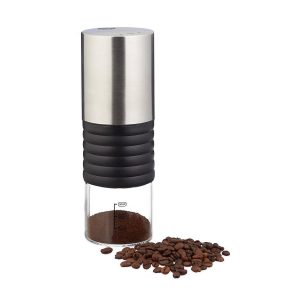
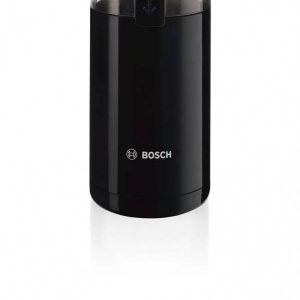
1 thought on “Advantages and disadvantages of electric grinders”